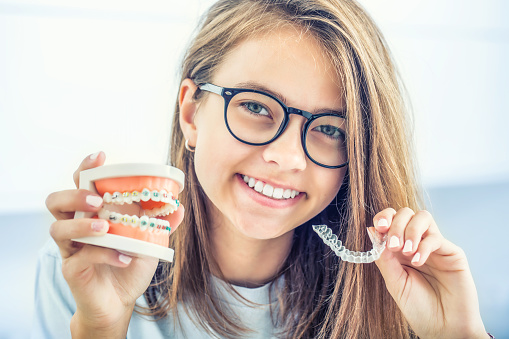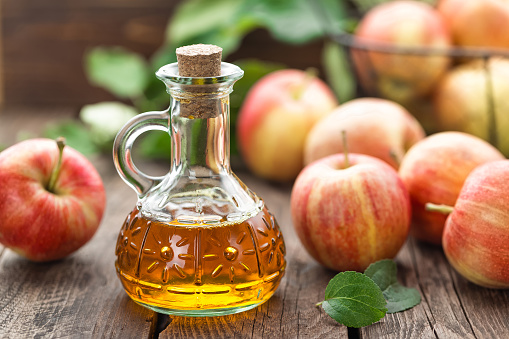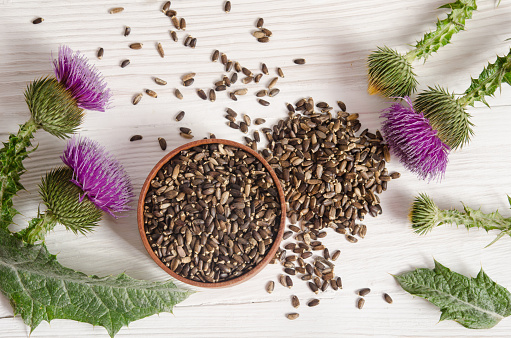Do Teeth Braces Really Work?
Braces are a type of orthodontic treatment used by orthodontists to help teeth that are too crowded or crooked.
Braces can help fix an overbite. People who are about to get braces or are considering having them may wonder if getting braces is painful.
The American Dental Association states that an abnormal bite is seen between the ages of 6 and 12, when children get their adult teeth. Orthodontic treatment commonly begin the ages of 8 to 14 years. In some cases, adults may be able to consider getting braces.
Teeth Braces Definition and Overview
Braces, or orthodontic braces, are dental appliances commonly used to straighten or correct the arrangement of your teeth. They may be recommended for people with crooked or full teeth, as well as underbites and overbites.
Braces enhance the appearance of your face and make good oral care simple and effective. Therefore, they can help you maintain good dental health in the long term.
Do Teeth Braces Really Work?
Braces work by pressing one side of the ligament against the tooth while simultaneously stretching the ligament on the other side of the tooth. As the ligaments become compressed, the bones on that side lose their blood support and become necrotic.
The body starts an inflammatory process to send out bone-eating cells known as osteoclasts to remove bone; This clears the path and allows the gears to move in that direction.
Inflammation is the cause of the pain and discomfort in your teeth; it is most intense in the first few days, then the teeth will start moving and the discomfort will be less.
On the other side of your teeth, where the ligaments were stretched, bone-forming cells known as osteoblasts emerge to add new bone around the teeth. This process is known as deposition, and it fixes the tooth into its new position.
This process will take longer to complete, so it's important to wear your retainer the entire time, throughout the process, to ensure your teeth don't shift.
This whole process deals with how teeth move through time. It's easy to see how a light but consistent force like thumb sucking can have a big impact on the bite in the long term.
Teeth Braces Types
There are five main types of braces currently available:
Metal Braces
Traditional or metal braces are the most common type of braces around the world, and have been around for more than 100 years now.
In the past, braces looked bulky. Thankfully, today's braces don't look like they did a century ago. Technological advancements and innovation have made braces smaller, stronger, more effective and comfortable.
Ceramic Braces
Ceramic braces are braces made of clear colored material like teeth. Ceramic braces work the same as metal braces, but are more discreet and less visible.
Ceramic braces are best known among people who don't find Invisalign or lingual braces for them but still want to align their teeth in a discreet and affordable method. These people are usually teenagers, and aesthetic-driven adults.
Self-ligating braces
Self-ligating braces work the same way as metal and ceramic braces, and come in metal or clear/ceramic.
They also rely on braces and wires to move teeth.
The difference between self-ligating braces and ceramic or metal braces is this: self-ligating braces use a door or clips to hold the wires in place, not elastic bands.
Lingual braces
Lingual braces behind your teeth are among the most specialized, and least common, orthodontic systems on the market.
This is because they require a different set of orthodontic skills, which take the orthodontist a little time to hone.
Lingual braces behind your teeth are not taught in all orthodontic courses, hence, it is up to the orthodontist to learn to be proficient with them.
Remove an aligner like Invisalign
Clear straighteners have experienced a notable surge in the last 10 years. They were popularized by Invisalign in the early 2000's, which slowly became the biggest aligner brand.
In a way, they are "Kleenex" for facial problems or "BandAid" for bandages.
There is a feeling of discomfort for the first weeks. You've probably never had something stuck in the front of the gear before, and now there are 2 rows of brackets attached to each chomper. It's going to be quite a set amount of getting used to the braces, but it will happen very quickly.
In a few weeks, you won't even remember what you looked like before you got braces.
Foods You can Eat the First Time You get Teeth Braces
Do braces hurt? Getting braces doesn't hurt, but your mouth may be sensitive on your next appointment days. Therefore, eating foods that are harder in texture can cause pain.
Because you also have to learn how to chew food differently, your dentist will likely advise you to only eat soft foods for the first few days.
Ideal foods to eat after braces include: yogurt, scrambled eggs, mashed potatoes, oatmeal, soft fruits, soups, soft cheeses, seeds, pasta, cooked or soft vegetables.
Basically, anything is easily chewed. The sensitivity after getting braces should improve after a few days or weeks. At that point, you will be able to continue with your typical diet.
Foods You Should Avoid After Getting Braces
In addition to understanding what foods can be eaten after braces, you also need to know what foods to avoid after braces.
There are many foods that are delicious to eat with braces. However, some "safe foods" may not be good after wearing braces, as they can irritate the mouth, causing too much pressure and sensitivity.
Foods to avoid after getting braces include: oranges, thicker cuts of meat, rolls or thick bread, ice cream, spicy foods
You will be able to eat these foods once your teeth have adjusted to your braces. (healthline.com)
How Long Do Braces Take for Kids and Adults?
Children often wear braces for shorter periods of time than adults do. But how long do the braces last? It all depends on the specific dental problem, including the position of the teeth and jaw, and the overall severity of the dental problem.
Since your child's jaws are still growing and developing, they tend to reposition more quickly than adult teeth. In fact, the average length of braces treatment for children is around 15-18 months.
Adults sometimes wear braces longer than children, due to the simple fact that major misalignments or problems with teeth that have existed since childhood can make treatment a little more intensive. But, adults are usually better at following dentist guidelines. The average length of time for adults to wear braces is 2-3 years.
Teeth Braces Average Cost
So, how much do teeth braces cost?
The teeth braces average cost range can vary greatly for each type:
Metal braces (traditional braces): $3,000 - 7,000
Ceramic braces: $4,000 - 8,000
Lingual braces: $8,000 - 10,000
Invisalign: $4,000 - 7,400
Teeth braces price depend on where or what state you live in – dentists in rural areas may be cheaper than in large cities – and may be at the dentist's discretion.












